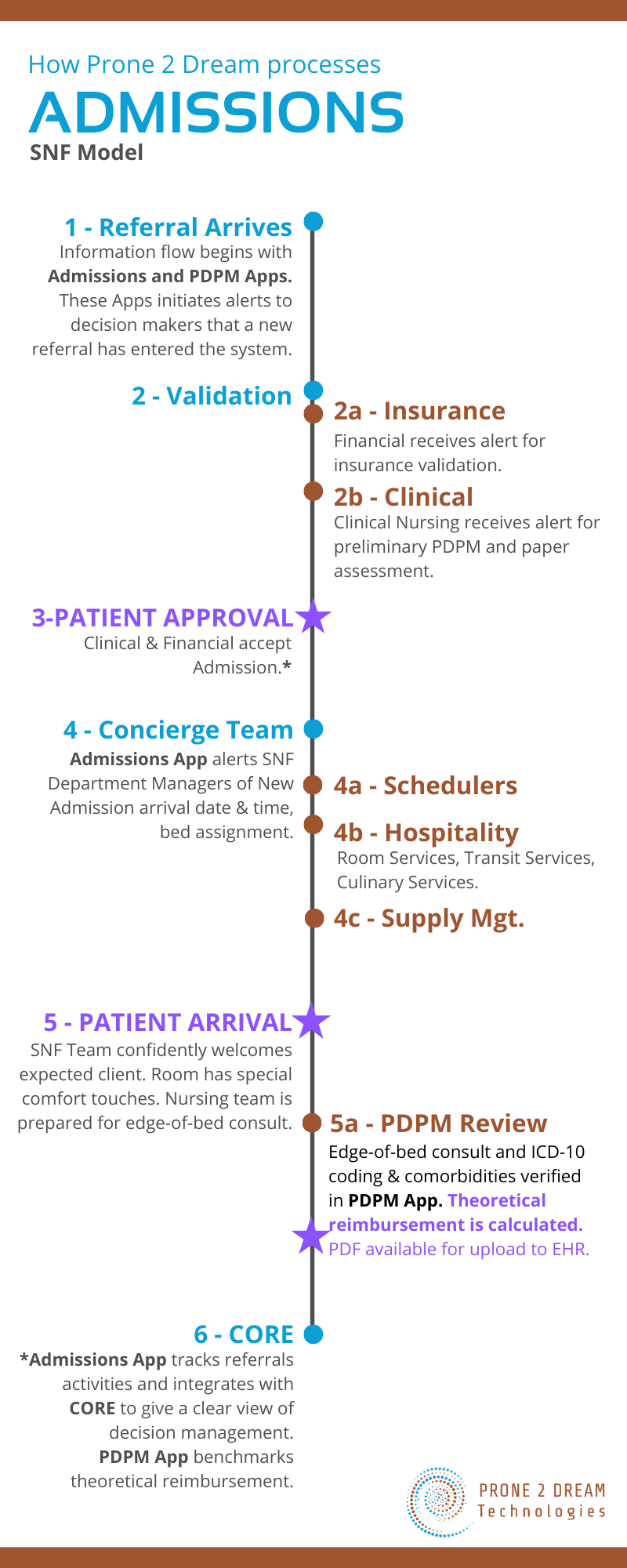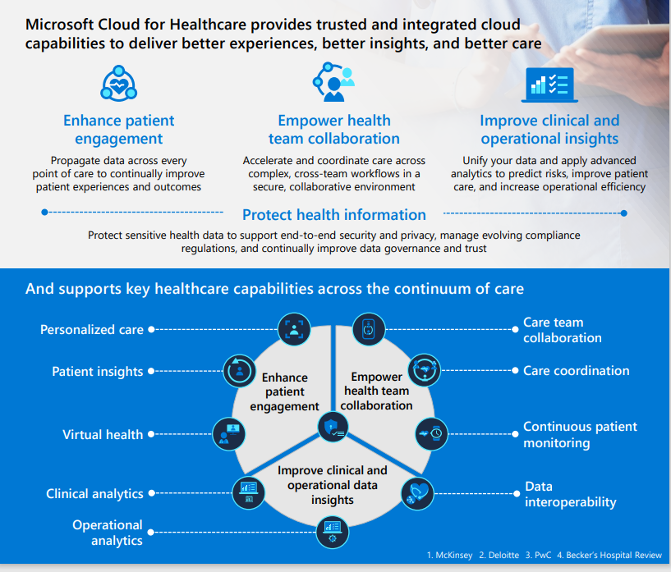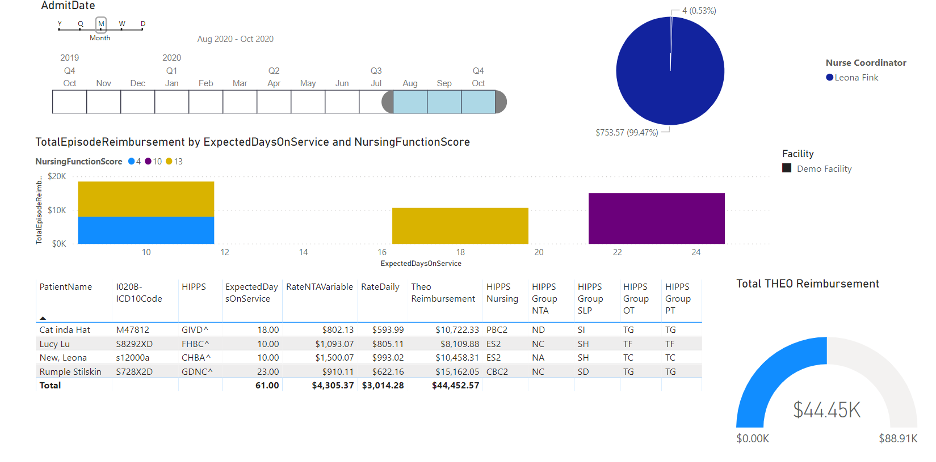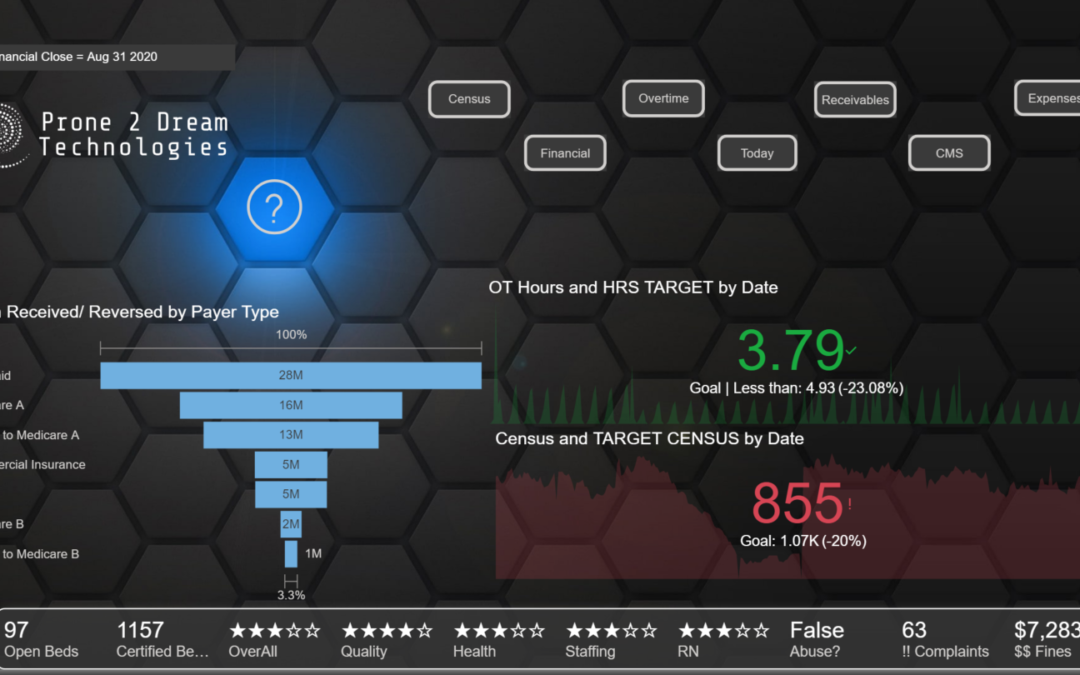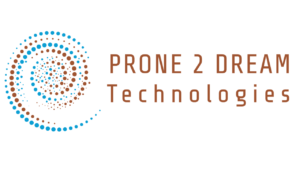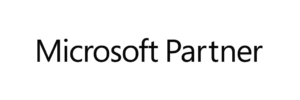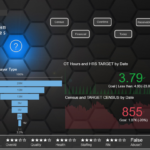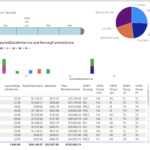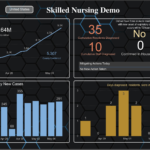It’s been a year since the inception of CMS’ new regulation – PDPM. As an industry, have we benefited? Hmmm… many are scratching their heads and wondering “Did we leave money on the table?”
That’s a fair question. Because at the end of the day all that’s changed, for the most part, is the way the reimbursements are calculated. There has been some re-stratification of therapy utilization, and a new central focus on nursing.
When you distill it further, it shifted the elusive chase of “720”, COD, and partner delivery models to “getting it right at admission” and delivering the nursing holistically, but isn’t that what “Skilled Nursing” implies in the first place?
What hasn’t changed is the process by which SNFs are arriving at the billing for their reimbursements and the laborious interdisciplinary Triple Check and data scrubbing. The October 2019 shift to PDPM was not near as painful as acclimating to the MDS/OASIS in 1996, as technology has eased the labyrinth of cross-checking the claims. Many software vendors are laser focused on the retrospective “scrub” to ensure the digits meet the rigorous standards of submission.
We have acclimated quite nicely as an industry to the prevalence of data management, allowing our EHR to reflect our story of commitment to care and service, though the nemesis of coding the delivery of care remains intricate – digitizing clinical logic has never been an exact science.
Inevitably, the existing processes still cause strife between clinicians, admissions and billing as these shifts are playing out in real-time. It’s no wonder we’re not certain if our reimbursements will meet the level of service that we’ve earned – primarily because we continue looking in the rearview mirror. Now is the time to put a “stake in the ground” with prospective logic.
There’s a better way – calculating a theoretical reimbursement at the point of admission.
The PPS (Prospective Payment System) has never really been “Prospective” has it? Prone 2 Dreams still thinks it should be, just as CMS prepared us for the crossover to PDPM. Using this methodology, why not set your team up for success at the onset, instead of wondering why your reimbursement is lower than expectation – in hindsight?
It must be acknowledged that the first three days of the patient’s SNF stay are hectic, clinicians distill assessments, evaluate conditions, comorbidities, edge of bed visits, and liaison communications. Admissions sets up the demographics, prepares for transportation, reception, and mobilize the support service teams. The business office pulls the CWF, verifies insurance, and gets initial auth… it is in this narrow window that we must get things right!
Take a look at Dream PDPM – a tool that calculates a theoretical reimbursement and memorializes each patient upon admission, allowing you to assess gaps in your EHR and billing system to capture the inconsistency inherent to digitizing clinical logic.
How does it work?
First, we open our virtual team environment for our customers. Get everyone together!
Dream PDPM app is secure, protecting sensitive data …mobile, any device anywhere…collaborative, everyone contributes in one place.
Second, we are set to manage change. So, go ahead…we understand that things change…conditions, additions, accidental omissions…
Dream PDPM app memorializes every change, creating a brand new “Theo” pdf for tracking so that the whole team is on the same page while preserving the history.
Finally, for many RNs who are preparing the care plans, focusing on healing, preparing the success journey for the patient, getting all the appropriate boxes checked in this scramble may be a challenge.
Dream PDPM app is simple and only takes a few minutes to complete.
While Dream PDPM is a tangible tool, here are a few intangible results:
- Dream of your IDT team spending less time on Triple Check.
- Dream of a comparative story – Actual vs Theoretical – promoting the interdisciplinary dialogue in a learning environment.
- Dream of organically creating your reference library as the growth of the team memorializes these meetings.
We did – and the result is Dream PDPM.
Dream PDPM provides the benchmark to achieve maximum reimbursement and allows your team to develop and enhance their skills in identifying and correcting gaps.
The critical 3-day admission window lends to expand our learning the finer points of a Skilled Nursing Admission. Each step of the patient’s journey toward a successful outcome is measured on this prospective standard – enabling any disparities in payment to be identified and recorded giving your team an edge.
Prone 2 Dream Technologies can transition your company to a prospective approach to PDPM with a trackable system. We create the learning environment that helps your team perform better in their admissions process, thereby enabling better reimbursements. Please contact us for a complimentary consultation today.
Our Dream is always grounded in collecting the data, formulating powerful real-time analytics, and presenting results to your team in dynamic dashboards.

